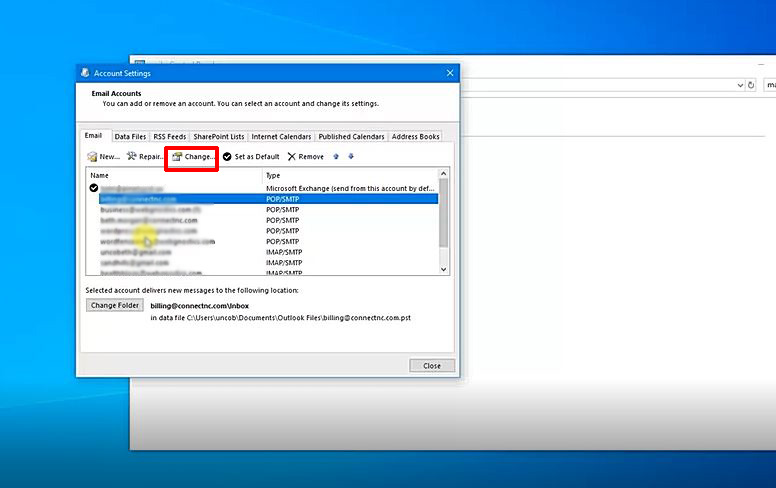
To add users to role groups in Exchange Online, see Modify role groups in Exchange Online. Specifically, you need the Mail Recipients role (which is assigned to the Organization Management, Recipient Management, and Custom Mail Recipients role groups by default) or the User Options role (which is assigned to the Organization Management and Help Desk role groups by default). You need to be assigned permissions in Exchange Online before you can do the procedures in this article. To connect to Exchange Online PowerShell, see Connect to Exchange Online PowerShell. You can only use Exchange Online PowerShell to do the procedures in this article. What do you need to know before you begin? Policy filtering, Content filtering and Defender for Office 365 checks will still be applied to the messages.

To prevent users from adding entries to their Safe Senders list in Outlook, use Group Policy as mentioned in the About junk email settings in Outlook section later in this article. Messages from senders that users have added to their own Safe Senders lists will skip content filtering as part of EOP (the SCL is -1). Admins can configure the safelist collection on any user's mailbox.ĮOP is able to move messages to the Junk Email folder based on the spam filtering verdict action Move message to Junk Email folder or the Blocked Senders list on the mailbox, and prevent messages from being delivered to the Junk Email folder (based on the Safe Senders list on the mailbox).Īdmins can use Exchange Online PowerShell to configure entries in the safelist collection on mailboxes (the Safe Senders list, the Safe Recipients list, and the Blocked Senders list). Users can configure the safelist collection for their own mailbox in Outlook or Outlook on the web (formerly known as Outlook Web App). The entries in these lists determine whether the message is moved to the Inbox or the Junk Email folder. Junk email settings that users configure for themselves in Outlook or Outlook on the web: The safelist collection is the Safe Senders list, the Safe Recipients list, and the Blocked Senders list on each mailbox. For more information about ZAP, see Zero-hour auto purge (ZAP) in Exchange Online. Similarly, if zero-hour auto purge (ZAP) determines a delivered message is spam or phish, the message is moved to the Junk Email folder for Move message to Junk Email folder spam filtering verdict actions. For more information about spam filtering verdicts in anti-spam policies, see Configure anti-spam policies in EOP. Move messages to the Junk Email folder based on anti-spam policies: When an anti-spam policy is configured with the action Move message to Junk Email folder for a spam filtering verdict, the message is moved to the Junk Email folder after the message is delivered to the mailbox. The user's Safe Sender list and Blocked Senders list will continue to work as usual. EOP routes messages based on the actions set in anti-spam policies.

The Enabled parameter on the Set-MailboxJunkEmailConfiguration cmdlet no longer has any effect on mail flow.

EOP now uses its own mail flow delivery agent to route messages to the Junk Email folder instead of using the junk email rule.


 0 kommentar(er)
0 kommentar(er)
